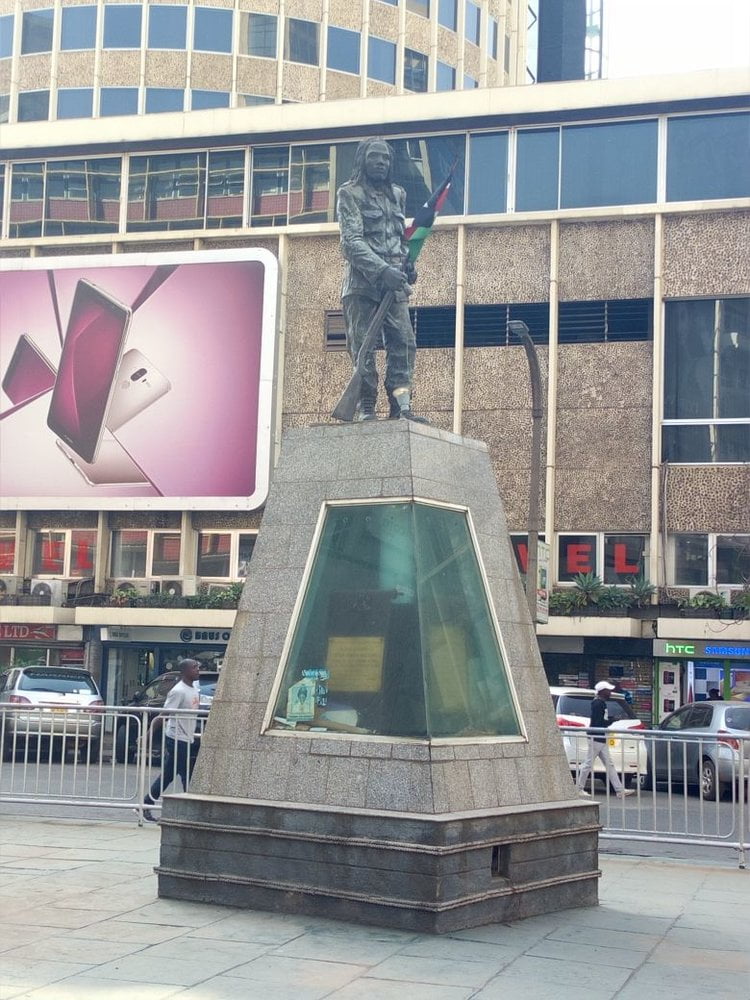It is mid January, early in the morning. I get a call from Susan, a long time friend and professional colleague. She has exciting news about a project that she would like my input. Susan is so full of excitement and energy and I had to request her to pace herself so that she could help me understand what my input would be in the Mau Mau project that she is involved in. As an audio visual archivist working at our national archival office, this roused my curiosity. I agreed to work with Susan and her newly met acquaintance, Olivia.
They updated me on what they had done and the plans they had for the project at hand. This included organizing a Mau Mau exhibition in Nairobi and one on Britain. In the long term, Susan also hoped to set up a Mau Mau museum in Kenya. On learning this, I started conversations about this project with my family friends as I interacted with them and researchers who visited my office. One researcher – a German man – remarked on having noted the fact there was no museum to address this history. This was quite an eye opener and went on to confirm that the project we were involved in was timely. Another friend, upon sharing about the project, was so excited. She confirmed that her grandparents were affected by the Mau Mau insurgency and she was more than willing to help organise for us to interview them. Sharing these updates with my team always caused excitement and confirmed to us that we were on track.
My nuclear family was not left behind. Sharing information caused excitement about the new discoveries we were making. This is especially as we conducted a mapping exercise to find out where different audio visual information materials are located in various Kenyan organizations. The highlight was a visit to our country’s national museum. This office has an elegant and well displayed gallery which has a part dedicated to the Mau Mau revolution. The gallery is open to the public and my first reaction was to make a plan for my family to visit the museum and learn our history. on realising how committed we were to the project, my husband, an IT genius, also gladly helped our team develop a mailing list for our website.

Susan and Mary visiting Nairobi National Museum.
My only concern is that of our young children’s disinterest our country’s history. I believe as a people, we should advocate for sensitization of this great lesson so that the young generation can appreciate where we have come from as a nation. This will hopefully prevent these young people from wanting to be too involved in activities which may lead our country into war.
Engagement with this project also made me reflect on my parents’ experience during the Mau Mau period. They were born six years before the state of emergency was declared in Kenya. Apparently, they did not share with us their experiences of what they went through. My big question remains. Why? Is it that they were trying to protect us from the painful memories? Were they trying hard to forget what happened to them and so decided never to share these stories? The most I heard about my family interacting with the Mau Mau or what the kikuyu called itoi; is what was related to me by my paternal grandmother. She narrated that the itois could visit the villages in search of food deep into the night. These men had long, unkempt hair; they were a sight to behold! Nothing much was said. When they got into someone’s house, one was expected to give them food very fast. Upon their departure, one was expected to keep mum about such visit for fear of the colonialists and their sympathisers apprehending these Mau Mau adherents.
Am so proud about the men and women who fought for the liberation of our country from our colonial masters. They endured so much adversity. Many lost lives. Unfortunately as a country, we seem to have forgotten where we have come from. We are not keen enough to interrogate our histories so that this can inform our decisions now and in the future. This is now our task.
To be continued.

A statue of Dedan Kimathi in downtown Nairobi